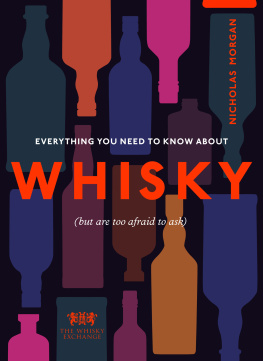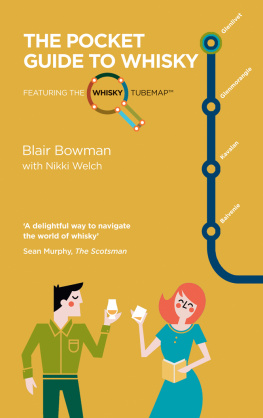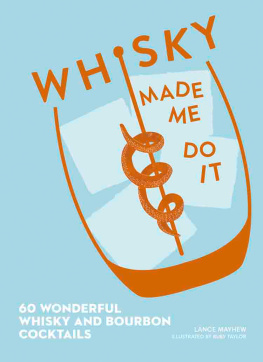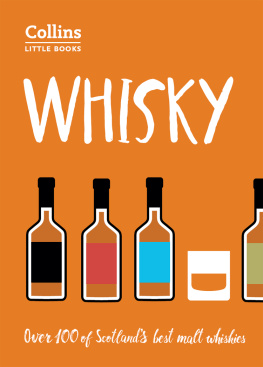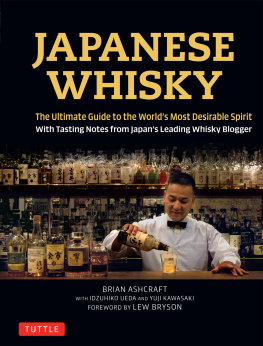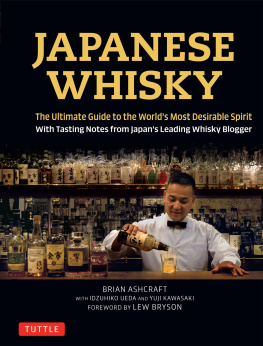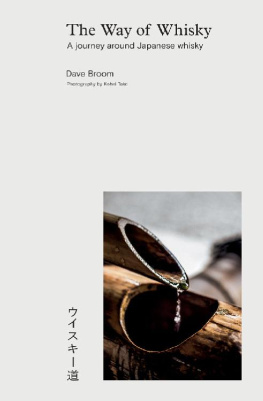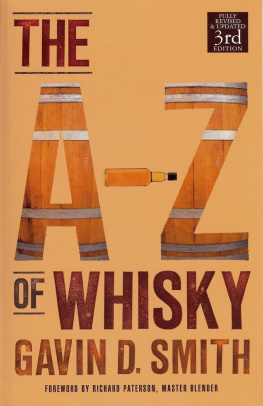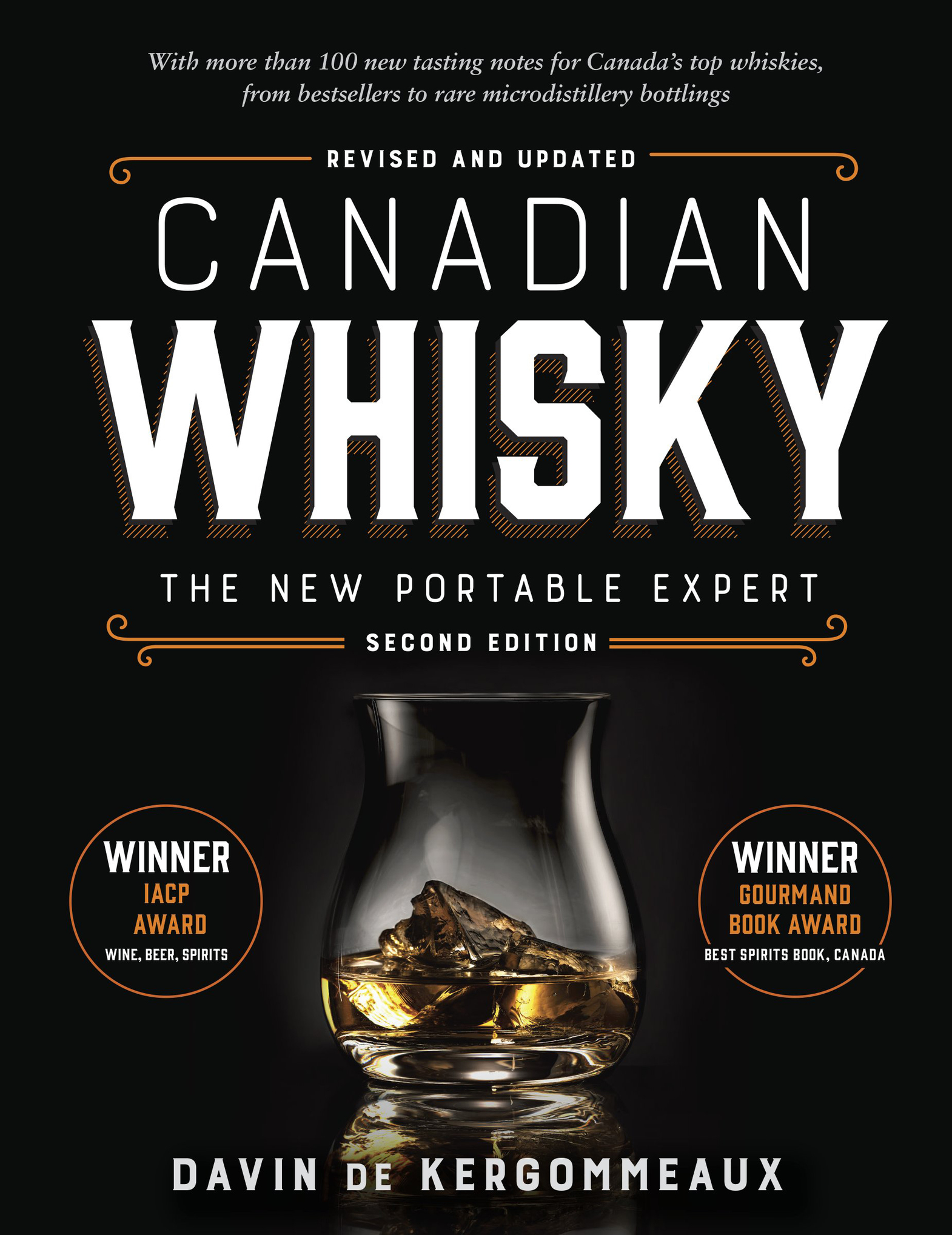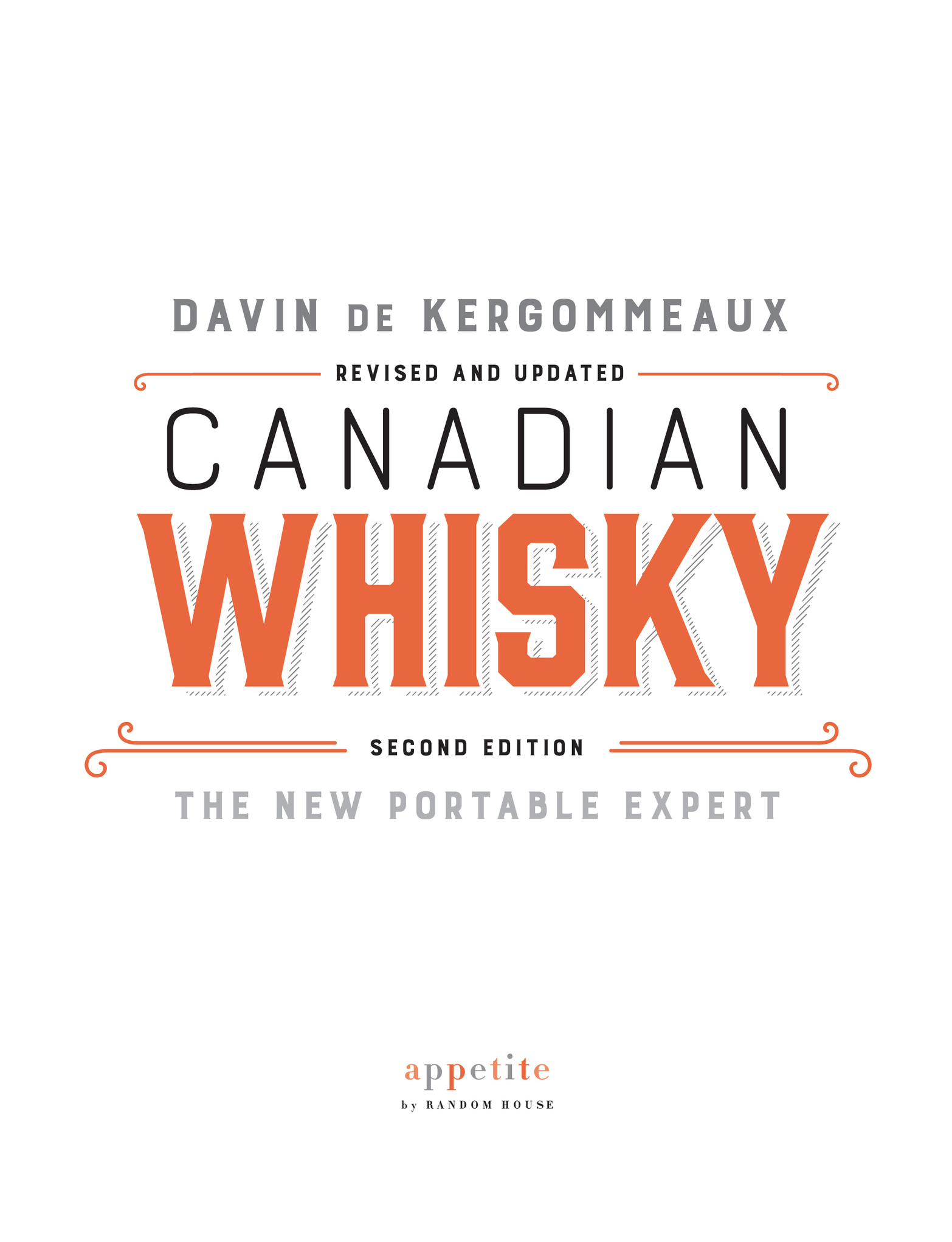Contents
Copyright 2017 Davin de Kergommeaux
All rights reserved. The use of any part of this publication, reproduced, transmitted in any form or by any means electronic, mechanical, photocopying, recording or otherwise, or stored in a retrieval system without the prior written consent of the publisheror in the case of photocopying or other reprographic copying, licence from the Canadian Copyright Licensing Agencyis an infringement of the copyright law.
Appetite by Random House and colophon are registered trademarks of Penguin Random House LLC.
Library and Archives of Canada Cataloguing in Publication is available upon request.
ISBN:9780147530752
Ebook ISBN:9780147530769
Cover image Glencairn Crystal
Cover and book design: Andrew Roberts
Published in Canada by Appetite by Random House, a division of Penguin Random House LLC.
www.penguinrandomhouse.ca
v4.1
a
For Janet with love
and appreciation.
To Ronan with patience
and anticipation.
Tasting notes for over one hundred Canadian whiskies are included throughout the book. These begin with the name of the whisky and percent alcohol, followed by nosing and tasting highlights and the initials of the physical distillery where the whisky was made, if this is known. The initials are as follows: AD Alberta Distillers; BV Black Velvet; CM Canadian Mist; DI Dillons; FC Forty Creek; GB Glenora; GI Gimli; HA Highwood; HW Hiram Walker; LM Last Mountain; OK Okanagan; PB Pemberton; SS 66 Gilead (now Kinsip); SP Shelter Point; SW Still Waters; TB Two Brewers; VA Victoria; VF Valleyfield; ND not disclosed.
A NOTE ON MEASUREMENTS
Canada uses the metric system for most measurements and, except for historical quantities and measures, this book conforms with that practice. Where gallons are used, these are wine gallons and can be converted to litres at 1 gallon = 3.78 litres. Similarly, those readers more familiar with Imperial measurements can convert litres to gallons at 1 litre = 0.26 gallons.
INTRODUCTION
T his is a story of Canada. It is a story of a colony becoming a nation, however regionally divided. It is a story of early Canadians finding creative ways to adapt largely European practices to a new and often hostile environment. It is a story of craftsmanship, ingenuity, family feuds, fortunes made, and legacies lost. The story begins with farmers protecting grain from pests, and millers turning waste into something they could sell and use to feed cattle. It begins with Canadian grain, with Canadian water and with that other abundant ingredient: wood from Canadas extensive forests.
The story of Canadian whisky tells of Canadians processing raw materials to sell locally and for export. Yes, it is popular in Canada, but almost from the beginning Canadian whisky enjoyed global repute. Today it is sold in more than 160 countries around the world. Nonetheless, despite its international reach, until recently little attention has been paid to Canadian whisky as a distinct whisky category. Like Canadians themselves, it tends to fly under the radar. And often the best whisky does not make it out of the country. Neither, unfortunately, does its story. Abroad and, discouragingly, at home, much of the received wisdom about Canadian whisky is simply fantasy. Pity.
Many of todays dearly held whisky truths derive from myths that have been passed on, most often innocently; however, sometimes they have been co-opted and embellished to help promote particular brands or styles of whisky. Sometimes people filled in the blanks to complete a familiar rags-to-riches story. Other times they left out inconvenient facts in order to lead readers or listeners to a more desirable conclusion. Still other times they simply made things up. After all, distillers, their publicists, and jingoistic whisky lovers are hardly the first to subscribe to the principle of never letting the truth get in the way of a good story. Sometimes their conjectures have become truths by simple repetition.
Often when someone decides to publish something about Canadian whisky, he or she revives the same few (and limited) sources, essentially regurgitating them on discussion boards, in articles, and sometimes even in books and on company websites. Fresh historical sources are very difficult to find, because until recently the industry itself has been very secretive, rarely allowing prying eyes within its walls. So, for example, an erroneous interpretation of J.P. Wisers German nationality misreading Deutsch as Dutch has been broadly promulgated. Two hundred distilling licences sold in Upper and Lower Canada in 1840 have been reported as an astounding 200 distilleries. A map of Canadas early distilleries interprets as a whisky region what turns out to be all parts of the country that were settled at the time but did not have ready access to the more easily distilled molasses. Attempts to discredit the nearly 200-year-old legacy of Canadian rye, based on foreign post-Prohibition definitions of so-called real rye, have led some to think that Canada should adjust its own long-standing definition. This despite the reality that Canadian-style rye represents overwhelmingly the majority of world rye whisky production.


